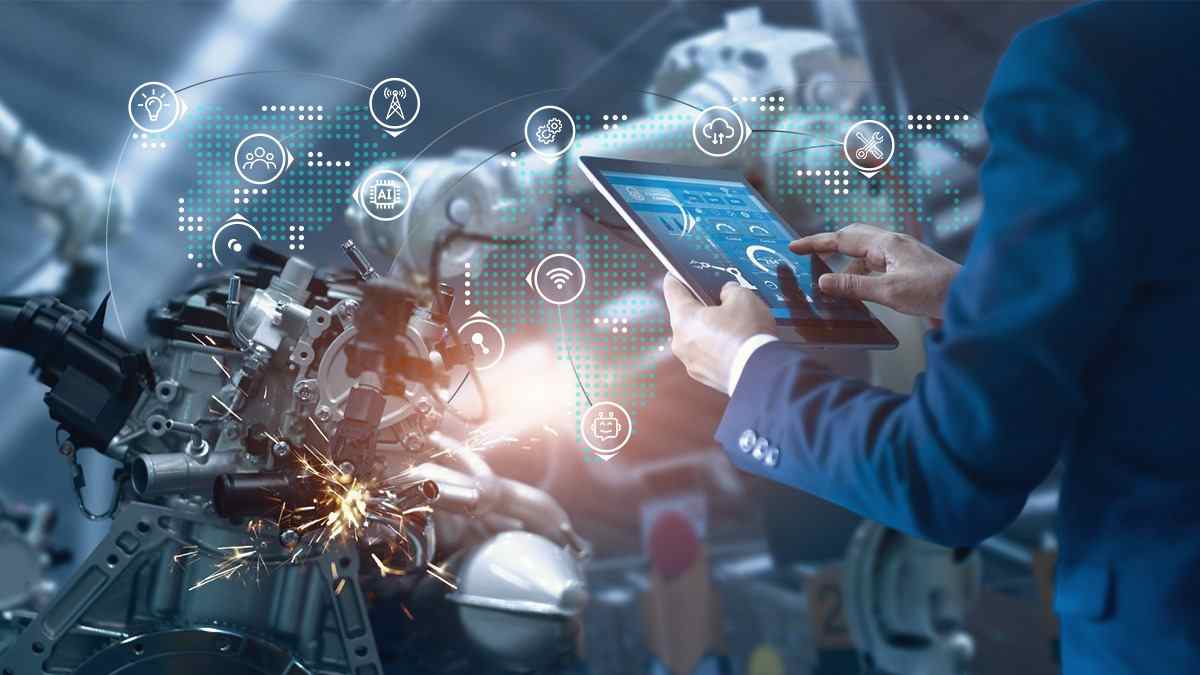
What is digital transformation doing to the world around us? Is it just a halo of disruption created by digital technologies? I feel there’s a lot more to it. It is creating an ecosystem that stitches people and their devices digitally. In embracing a culture of digital transformation, organizations are increasingly automating more processes. This automation is moving up the curve beyond the mundane tasks automated by RPA (Robotic Process Automation) bots. I believe many of you have heard of hyperautomation. Gartner listed it as one of its Top 10 technology trends in 2020, terming it ‘an unavoidable market state’.
Hyperautomation is augmenting the existing automation capabilities. It coalesces RPA, Artificial Intelligence (AI), Machine Learning (ML), Intelligent Optical Character Recognition (OCR), Process Mining and low-code applications.
Why Do You Need Hyperautomation?
Hyperautomation is built on the premise that anything that can be automated will be automated. It can connect people, data, applications and things for integrated experiences, offering Integration Platform-as-a-Service (iPaaS). The obvious question here is why do we need hyperautomation when automation enabled by RPA is at work? Legacy automation that we all know is done for specified workflow or functions in silos and is limited to repetitive and rule-based tasks. Hyperautomation, on the contrary, can apply to intelligent business decision making.
Moreover, it is scalable since it means creating an end-to-end ecosystem of automation. Hyperautomation is moving beyond only a technology trend. A report by Gartner projects that by 2025, the market for software that enables hyperautomation will reach nearly $860 billion, with a CAGR of 12.3 per cent over 2020.
Benefits of Hyperautomation
Combining the strengths of multiple emerging technologies, hyperautomation offers the power and flexibility to automate where automation was never possible before- undocumented processes that rely on unstructured data inputs. In this integrated approach, the entire process is confined to a single dashboard. It rings in many visible benefits like:
- Speeds up the process of business transformation by automating more and more complex work
- Creates an intelligent digital workforce that can connect to various business applications, operate with structured and unstructured data, analyze data and make decisions, and discover processes and new automation opportunities.
- Can automate regulations, rules and risk factors, thus easing regulatory compliance
- Can monitor call centre interactions, perform sentiment analysis and generate sentiment score, which in turn can uncover insights for critical business decisions
- End-to-end automation enables better productivity and making strategic business decisions.
Where Can Hyperautomation Be Used?
Hyperautomation can have a plethora of applications. Amazon has adopted hyper-automation to aid in its massive logistics operations. The use of a confluence of cutting-edge technologies can find applications in
1. Insurance
Hyperautomation in insurance can apply to underwriting, customer service, data extraction from various sources, collecting and organizing vats data sets, swiftly responding to customer requests and identifying cross-selling opportunities.
2. Banking
When applied to banking, hyperautomation can improve productivity and reduce labour expenses by automating manual and data-intensive processes. Seamlessly access customer data to enhance KYC analysis, automate ongoing transaction monitoring, and track regulatory changes.
3. Healthcare
The ongoing Covid pandemic has catalyzed the digital transformation in healthcare. Hyperautomation can relieve healthcare workers of repetitive digital tasks to engage in more productive, higher-value work and focus on patient care.
4. Manufacturing
It can enable manufacturers to eliminate process and workflow waste across the enterprise. The marriage of RPA and AI to make supply chain processes like onboarding new vendors more agile.

How’s The Future of Automati0n Headed?
Organizations need to be nimble and flexible to adapt faster to the changing regulatory and technology landscape in shifting gears to digital transformation and the road ahead.
With over 56 per cent of the organizations having an average of four or more concurrent hyperautomation initiatives underway (Source: Gartner), a new world of disruption is opening up. Over to this disruption where man-machine collaboration scales its peak with the real-time synergy of human and robotic resources.


























































We will verify and publish your comment soon.